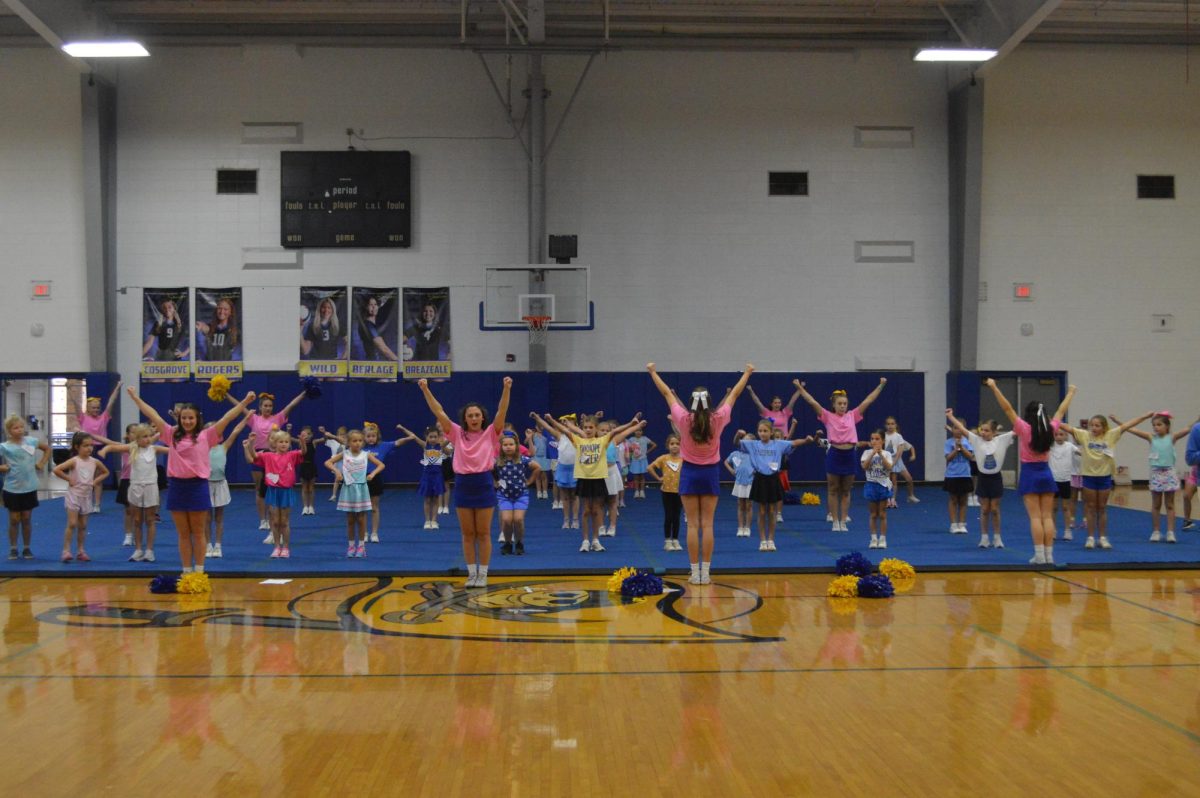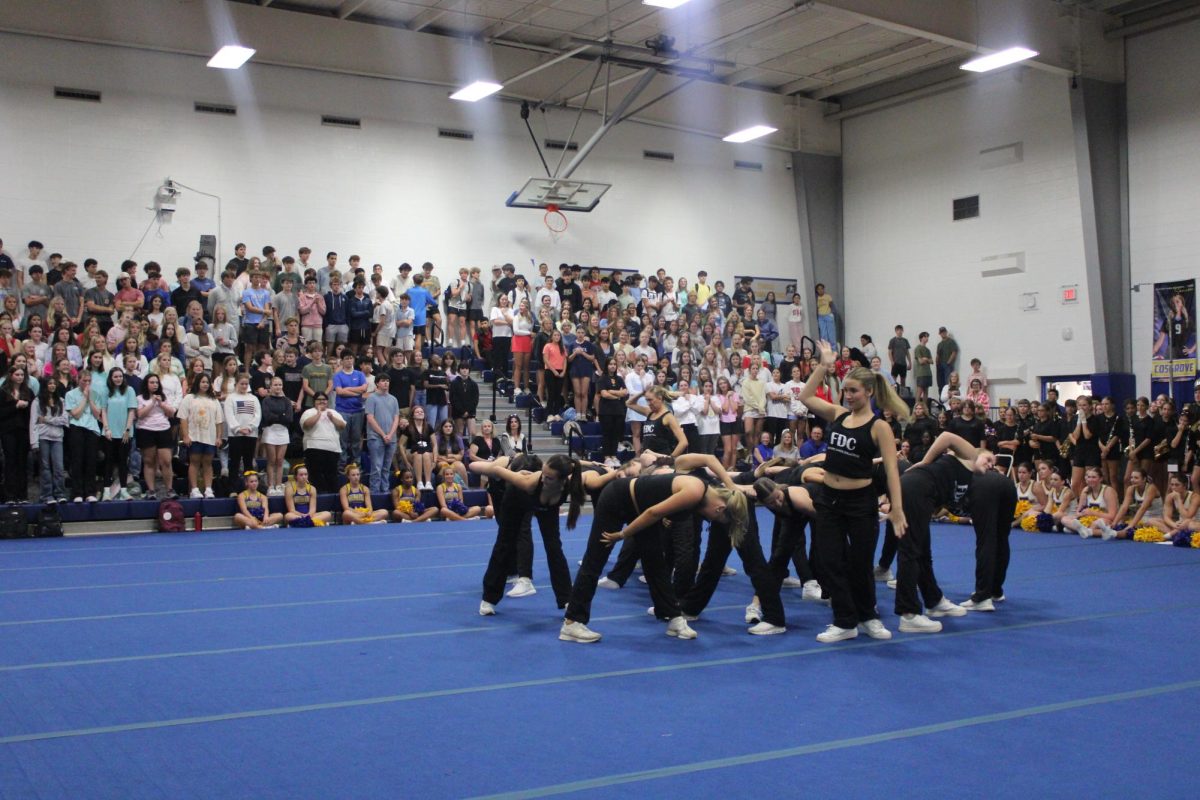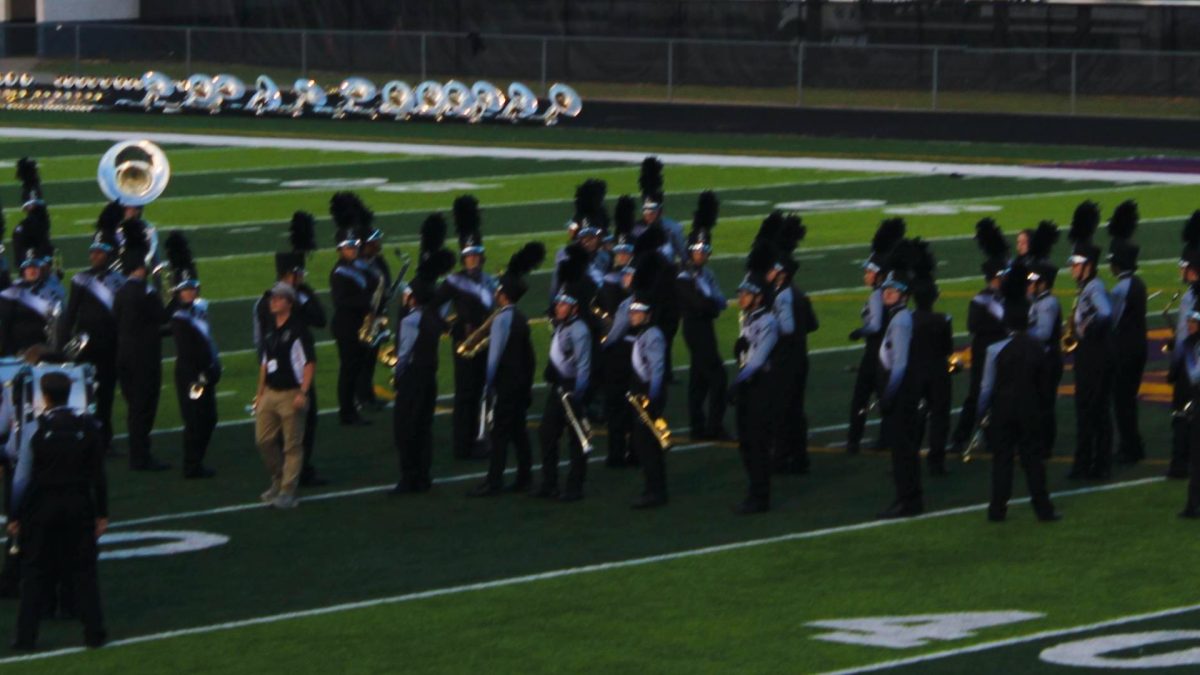The History of Prom
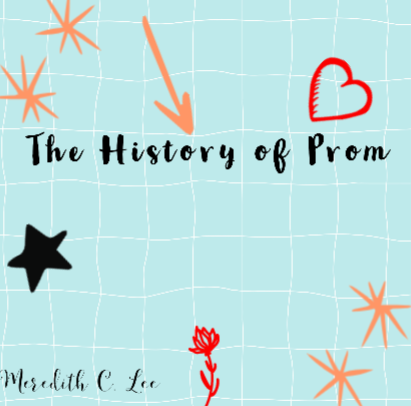
March 16, 2021
Prom is probably the most famous school event in any town in the United States. It has been highly publicized as the “best night of your life.” Many know that prom events have existed for decades, however, they have actually existed for more than 200 years! The dance was originally a ball thrown by universities in the 1800s to express family wealth and privilege. How did this strange custom become the most famous part of the classic American high school?
As stated previously, the first proms were in the early 1800s. They were known as the Promenade. They were primarily thrown with the main purpose for young men to show their newly found manners and social standing. Few years after the late 1890s, promenades moved to high schools for senior classes. Boys were encouraged to wear their “Sunday best,” and women dressed in dresses inherited from their mothers. The Promenade was not a “dance” but a tea party. However, they were only for the graduate and their families. Most colleges did not allow women to attend the Promenade. If women were to attend, it was only as relatives or dates of the graduating male.

By 1930, they were a casual custom. As well as having the entire location changed, proms became a more social event. It was now for 17-18 year old high school seniors instead of 21-22 year old college graduates. Unlike the graduates, however, the teens were under the strict watch of chaperones. Whilst the Promendage was a celebration of social standing and wealth, the “prom,” as it became called, was primarily an event to teach young women and men how to fit into their assigned “gender roles.” The prom was held in school gyms, but was eventually moved to hotels and country clubs by the 1950s.
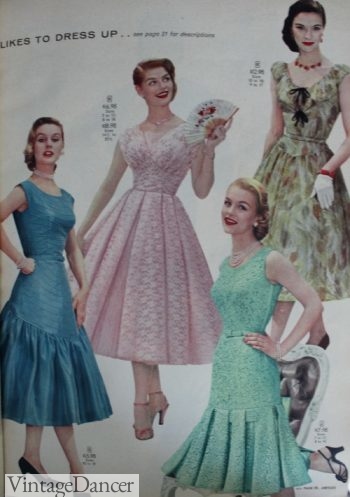
The 1950s also paved the way for the most promoted part of the prom, the king and queen. The royal court became a way for fellow classmates to judge their peers based on 3 main categories: beauty, poise, and popularity. Jovani, a wedding and prom dress design store, states that the prom became “the ultimate dress rehearsal for a wedding.” The king of the prom was the title given to the most masculine, popular boy at the school. The king of the prom competition was clearly humorous, however, the queen of the prom was highly fought over. The queen was that one girl who was destined to become the “perfect” woman in the future.
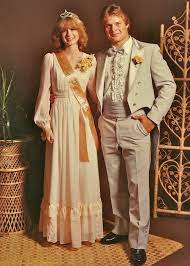
This remained the norm until the 1970s. When white schools began to integrate, they finally allowed African American students to attend their proms. However, many white parents disliked the idea and threw their own invite only, completely white proms. In retaliation, black parents threw their own proms. This tension eventually caused proms to leave the spotlight, as many believed they were no longer held to the “higher standard” as they were years before.

Proms did not come back into the spotlight till the mid 1980s. This was due to the rise of the “teen movie.” Movies such as Sixteen Candles (1984), Pretty in Pink (1986), The Breakfast Clubs (1985), and Heathers (1988) put a new emphasis on adolescence and “the best years of your life.” Prom now became this huge party that juniors and seniors would dress their best and party till midnight. Women went from wearing barely any makeup to wearing every type they could find. Men no longer wore whites and black, but greens, blues, and pinks. Prom attendees were even encouraged to rent limousines for their dates.

By 2012, the average family spent at least $1078 dollars on their child’s proms. The 2000s and 2010s also showed the rise of the “promposal,” a highly publicized proposal for your chosen partner to attend prom with you. By 2013, the majority of schools nationwide have integrated their proms to all races. Multiple states have also, finally, lifted their anti-LGBTQ+ bans on students at prom, allowing them to go to prom with their chosen partners!
If you are of age to go, be sure to check out your schools prom at least once! It an experience you’ll never get again!

